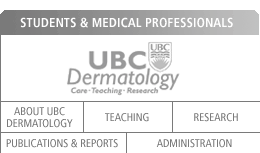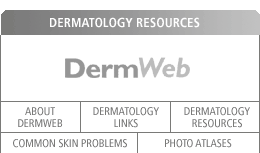|
 |
 |
 |
Laser Skin Resurfacing
Laser Skin Resurfacing is widely accepted by the medical community for its cosmetic and therapeutic benefits. Laser skin resurfacing can be used to treat a variety of facial skin conditions, including fine wrinkles around mouth and eyes, weathered and aged skin, as well as a variety of benign skin lesions. Certain types of scars (acne, chicken pox and traumatic scars) can be softened or reduced. Very deep wrinkles can be lessened, but generally do not go away completely. There are a few medical conditions that benefit the CO2 treatment, including:
- cutaneous lesions
- lupoid cutaneous leishmaniasis
- balanitis xerotica obliterans
- chronic actinic cheilitis
- rhinophyma, a result of extreme acne rosacea
- angiokeratomas
- erythroplasia of Queyrat
- Hailey-Hailey Disease (Benign Familial Pemphigus)
During laser skin resurfacing the water in the top layer of skin is heated. This causes the top layer of skin to peel off when gently rubbed during the procedure. Immediately following the treatment, the skin will appear red and some crusting can occur if the skin is not kept moist by either ointment, dressings or a combination of both. Most people need to take at least 2-3 weeks away from work following this procedure. Once initial healing has occurred, camouflage make-up may be used until the skin returns to normal color. The dermatologist will notify you when you can start using make-up.
Carbon Dioxide Laser
The laser we use for skin resurfacing is called a carbon dioxide laser and is a proven method for improving the appearance of sun-damaged and wrinkled skin. It represents one of the most innovative and exciting advances in cosmetic surgery.
- Wavelength of 10,600 nm
- Used to treat a variety of facial skin conditions, such as fine wrinkles around mouth and eyes, weathered and aged skin, and benign skin lesions.
- Certain types of scars (acne, chicken pox and traumatic scars) can be softened or reduced.
- Very deep wrinkles can be lessened, but not completely removed.
- Tylenol may be used for post-treatment discomfort but is not always necessary
- One treatment lasting anywhere from 30 minutes to two hours is usually enough.
- Post treatment, the treated skin is red and gradually fades to normal. This process can take 6 months or more.
- The treated area continues to tighten and improve with time.
|
« Back to Skin Resurfacing Overview |
|
 |
|

